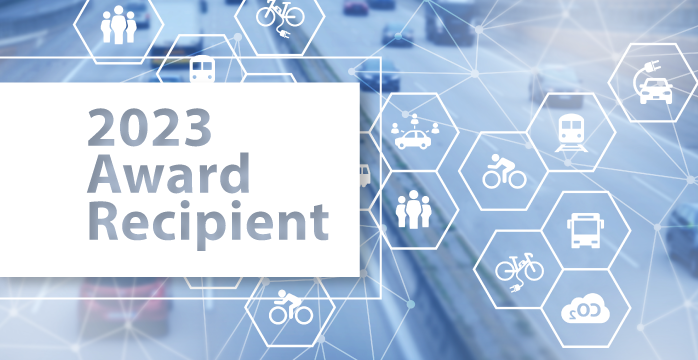With end-to-end digitalization, manufacturers are transitioning from product-centric to value-centric services and offering usage-based pricing, finds Frost & Sullivan
SANTA CLARA, Calif. – January 24, 2019 – The mainstreaming of the Industrial Internet of Things (IIoT) has rapidly altered the digital manufacturing landscape. The convergence of information and communication technologies (ICT) with operational technologies (OT) has resulted in a host of strategic partnerships between software and equipment vendors, which in turn, has given rise to novel business models such as subscription-based pricing, licensing, profit sharing, and outcome-based pricing. Meanwhile, the shift from hardware-centric approaches to software- and value-based strategies has aided the evolution of the as–a-service model, generating additional revenue streams for manufacturers. Digital platforms also play a critical role in constructing business models as they gather, store, analyze, and manage data. These platforms will be the foundation of the digital factories of the future.
Frost & Sullivan’s new thought leadership paper, The Dawn of Digital Industries – MindSphere Enables New Digital Transformations, studies the converging ICT-OT landscape and its impact on process and discrete companies. It also analyzes the challenges of adopting digital platforms and makes strategic recommendations to global manufacturing organizations preparing for the factories of the future. Furthermore, this white paper includes a thought leadership analysis on cloud-based industrial platforms, a discussion on the ways in which these platforms will be vital in next-generation factories, a holistic perspective of the current status of digitalization, and call-to-action suggestions for the industry.
To download the complimentary white paper, please visit: staging.frost.com/digitalization
“Digitalization has allowed manufacturers to take a huge leap from merely supplying a product to delivering a wholesome service,” explained Karthik Sundaram, Industrial IoT Program Manager at Frost & Sullivan. “To encourage manufacturers to expand and upgrade the existing functionalities of their digital infrastructure, platform developers need to offer open and flexible hardware, software, and networks. As the industrial sector is at an inflection point with increased awareness and heightened interest in digitalization, demonstrating proof-of-concept will inspire widespread adoption of digital infrastructure in manufacturing.”
Among the various industrial digital platforms currently in the marketplace, Siemens’ MindSphere platform stands out for its scalability and capability to capture and analyze huge volumes of data, leading to increased uptimes, efficient asset management, optimized processes, reduced maintenance costs, and smart energy data management.
“The digital topic has become a strategic imperative across industries, and digital platforms are the natural segue for customers to make digital elements a reality within their products and services. In today’s industrial market, MindSphere is unequivocally the leading digital platform that can drive digital transformation,” Sundaram concludes.
“Through the MindSphere open platform architecture, manufacturers can integrate heterogeneous machines and systems and build applications that are independent of the manufacturer,” added Andreas Geiss, CTO and Vice President of Siemens MindSphere. “This collaboration has led to the establishment of new applications (apps) and standards that can benefit every player in the ecosystem.”
Different manufacturers are at different points in their migration to digital factories, so a one-size-fits-all approach will be inefficient. Many large industrial organizations are leveraging one or more of the emerging technologies such as cognitive intelligence, additive manufacturing, and robotics to enable connected factories, analytics, predictive maintenance, plant safety and security, logistics, and supply chain optimization. Platform providers that respond to this huge shift in focus will be able to make the most of the growth opportunities inherent in:
- Blending legacy OT and IT systems. Though it is not feasible to mass convert assets behind legacy OT systems to be compatible with IIoT protocols, greater integration following the establishment of common field protocols like OPC UA, Profinet, Profibus, Modbus or S7 will aid with interoperability via gateways.
- Improving security. The rising frequency and sophistication of cyberattacks have created an urgent need for enhanced cybersecurity. Once end users are convinced of the end-to-end security of the solutions, they will show greater enthusiasm in adopting advanced solutions.
- Switching from product selling to value selling and supporting a data-driven business model.
- Supporting the full life cycle of operation for devices and data.
- Developing a vendor-agnostic platform.
Note: MindSphere is a registered trademark of Siemens AG.
About Frost & Sullivan
For over five decades, Frost & Sullivan has become world-renowned for its role in helping investors, corporate leaders and governments navigate economic changes and identify disruptive technologies, Mega Trends, new business models and companies to action, resulting in a continuous flow of growth opportunities to drive future success. Contact us: Start the discussion
Contact:
Jaylon Brinkley
P: +1 210 247 2481
E: [email protected]
http://staging.frost.com




